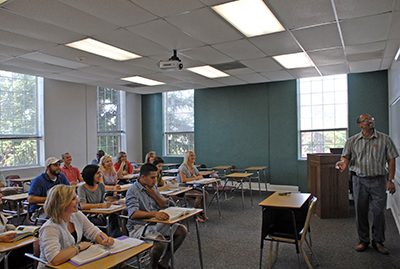MM 2.7 Strategies to Address Micromessages
In each of the units you will be provided strategies you can use now to improve class retention, academic performance, and continuing persistence in school and college programs for your students. Research has shown that small changes in classroom communication can have a large impact on student outcomes and teachers are at the epicenter of the students’ instructional environment (Young, 2007, pp. 169–185). The good news is that you have the power to make small changes today that can affect student outcomes tomorrow!
- Create a new awareness of micromessages in the classroom and on the campus through discussion with peers, colleagues, and students.
- Work with NAPE to evaluate your pedagogy and instructional practices for micromessages using the organization’s tools, including peer observation frameworks, student culture surveys, and classroom climate surveys.
- Complete a NAPE Environmental Scan to identify the way that micromessages are being communicated on your campus and in your classroom.
- Continue keeping a journal and reflecting on the micromessages received by you or/and delivered to you.
- Be cognizant of “little issues”; don’t allow them to damage relationships.
- Consciously foster an atmosphere of equity and respect: pronounce and spell students’ names correctly, respect students’ cultural norms in your communications, be truthful and attentive in working with students.


